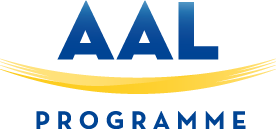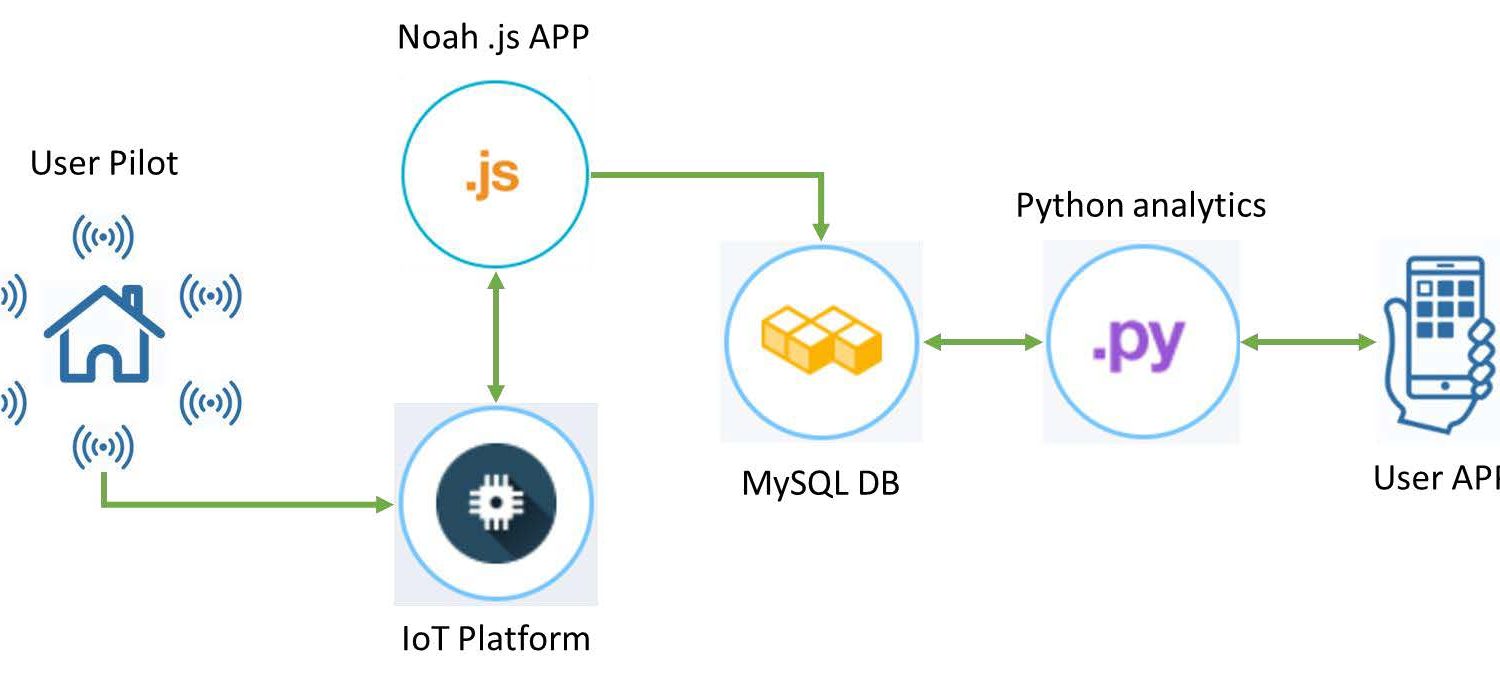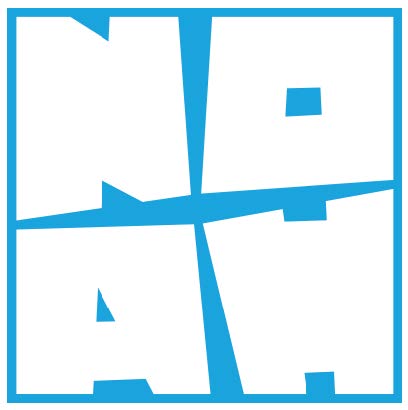NOAH
The NOAH system exploits an “Internet of Things” approach, with dedicated home sensors suitable for capturing expressive features of daily living activities in a non-intrusive fashion. Specific attention is paid at usability concerns, with emphasis on ease of deployment and low costs. Sensors connects straightforwardly to the home Wi-Fi network, avoiding the need of dedicated sensor networking and requiring no aggregator node. At the back end, a commercial cloud infrastructure is exploited to gather data, allowing for scalability and lowing home installation costs. On the cloud, machine learning techniques are exploited to transform raw data continuously flowing from sensors into meaningful information: trends, anomalies, alerts. The system is inherently adaptive, not involving predefined thresholds or ranges. By following a user-centric approach, specific apps are designed for the end-user and caregivers. A control dashboard is made available to care systems, to allow for integration of NOAH services into current care practices.


